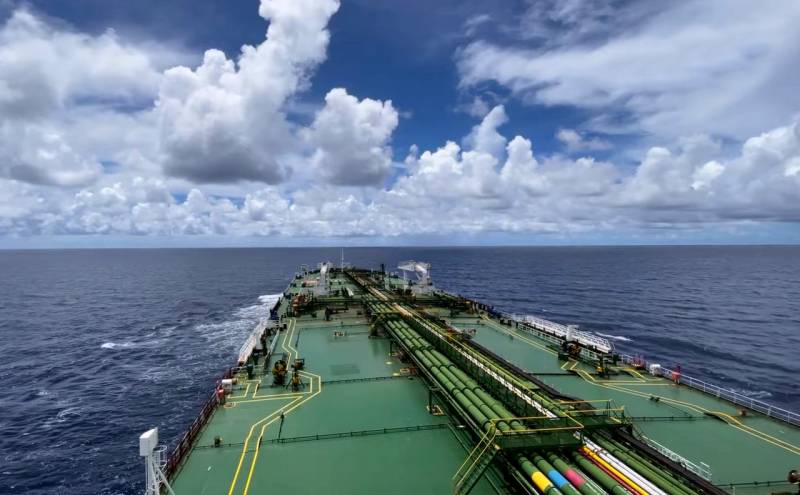Pivot to the East: Russia-India partnership is already bearing tangible results
Today, one can often hear the expression that after unprecedented sanctions and a sharp deterioration in relations with the West, Russia "turned to the East."
The first thing that comes to mind after the above words is the strengthening of trade relations with China, which is, if not the first, then certainly the second. the economy in the world. Meanwhile, the status of the People's Republic of China in some respects "eclipses" another, no less important partner of Russia.
We are talking about India, which over the past year has increased the purchase of Russian goods by almost 5 times. In addition, our oil, which the EU refused, "flowed" to India, in connection with which the Russian Federation in this country has already "pressed" Saudi Arabia, the United States and Iraq.
A similar story with coal. Our country has increased its supplies to India by almost 2,5 times, again "thrown off the pedestal" the United States and South Africa. Finally, deliveries of Russian fertilizers to the Indian market also increased significantly.
However, this is only the beginning of an effective partnership between Moscow and New Delhi.
The main source of energy for domestic needs in all regions of India is gas. According to forecasts, the demand for blue fuel in this country will only grow.
The Russian Federation cannot lay a gas pipeline to India like the Power of Siberia, which provides pumping to the PRC, since it does not have a common border with this country, but there are alternative options for supplying Russian gas here.
For example, a gas pipeline connecting Turkmenistan, Afghanistan, Pakistan and India. However, this option is, to put it mildly, not the best because of the unstable situation in Afghanistan. Therefore, it will have to be postponed for now.
Another way is to lay a pipe from Iran to India through Pakistan. The presence of Russian gas in this gas pipeline can be ensured through swap supplies. Therefore, this project has great prospects both for New Delhi and Tehran, and for Moscow.
Finally, we should not forget about the global processes that the Russian-Indian partnership has already launched. India is today the world's largest energy consumer. It accounts for a third of all world oil supplies.
At the same time, Russia is the largest supplier of black gold to the country, and the states agreed to carry out mutual settlements in national currencies, which causes significant damage to the dominance of the US dollar. At the same time, Moscow and New Delhi may be followed by others in the near future.

Information